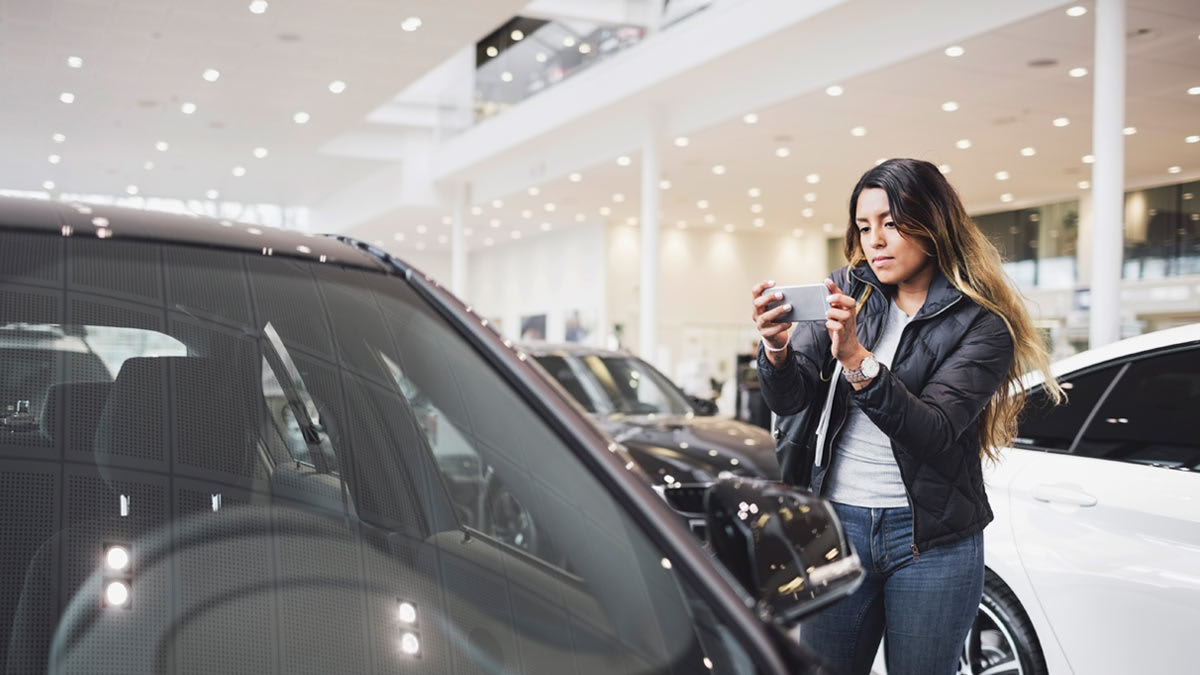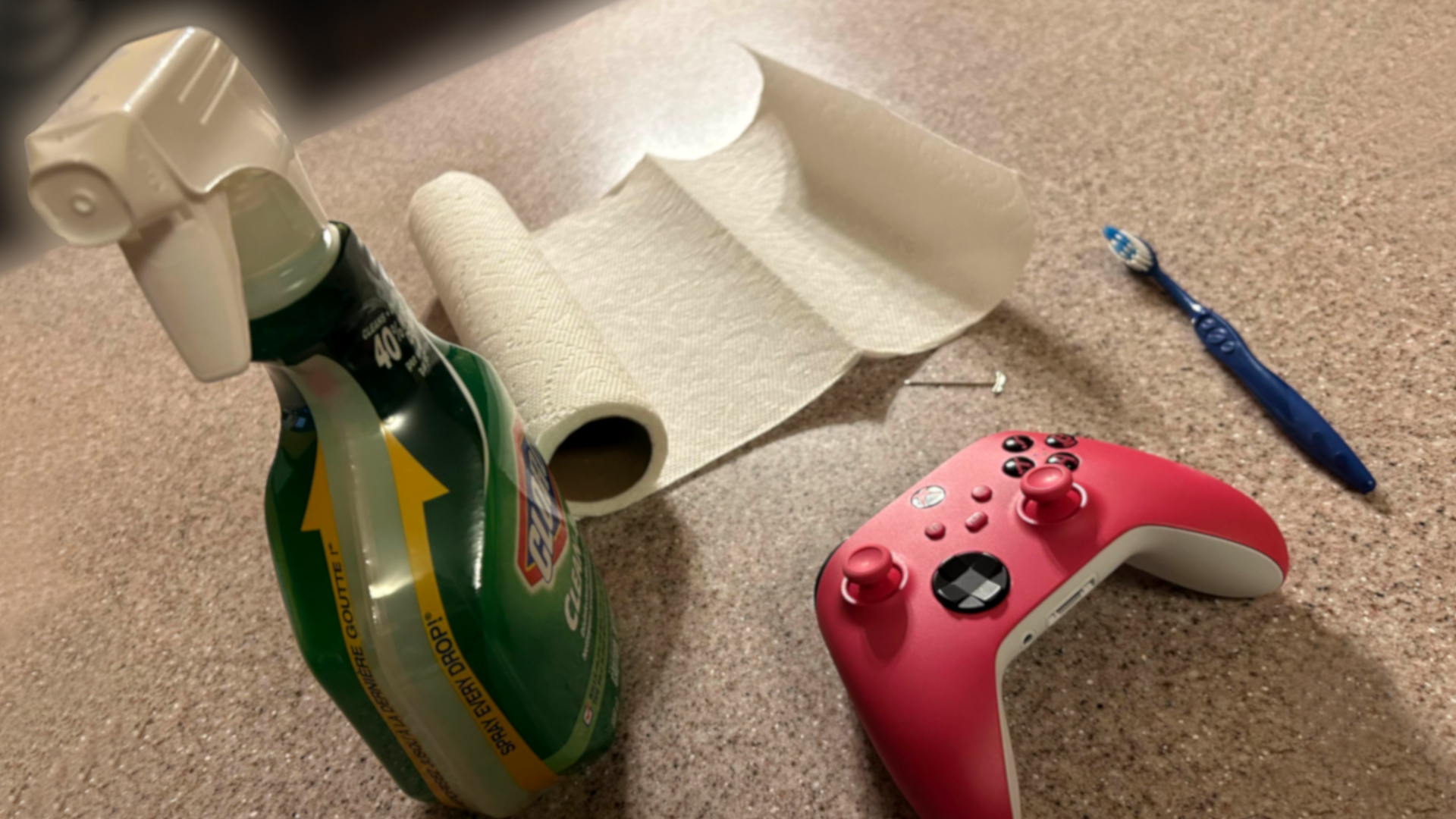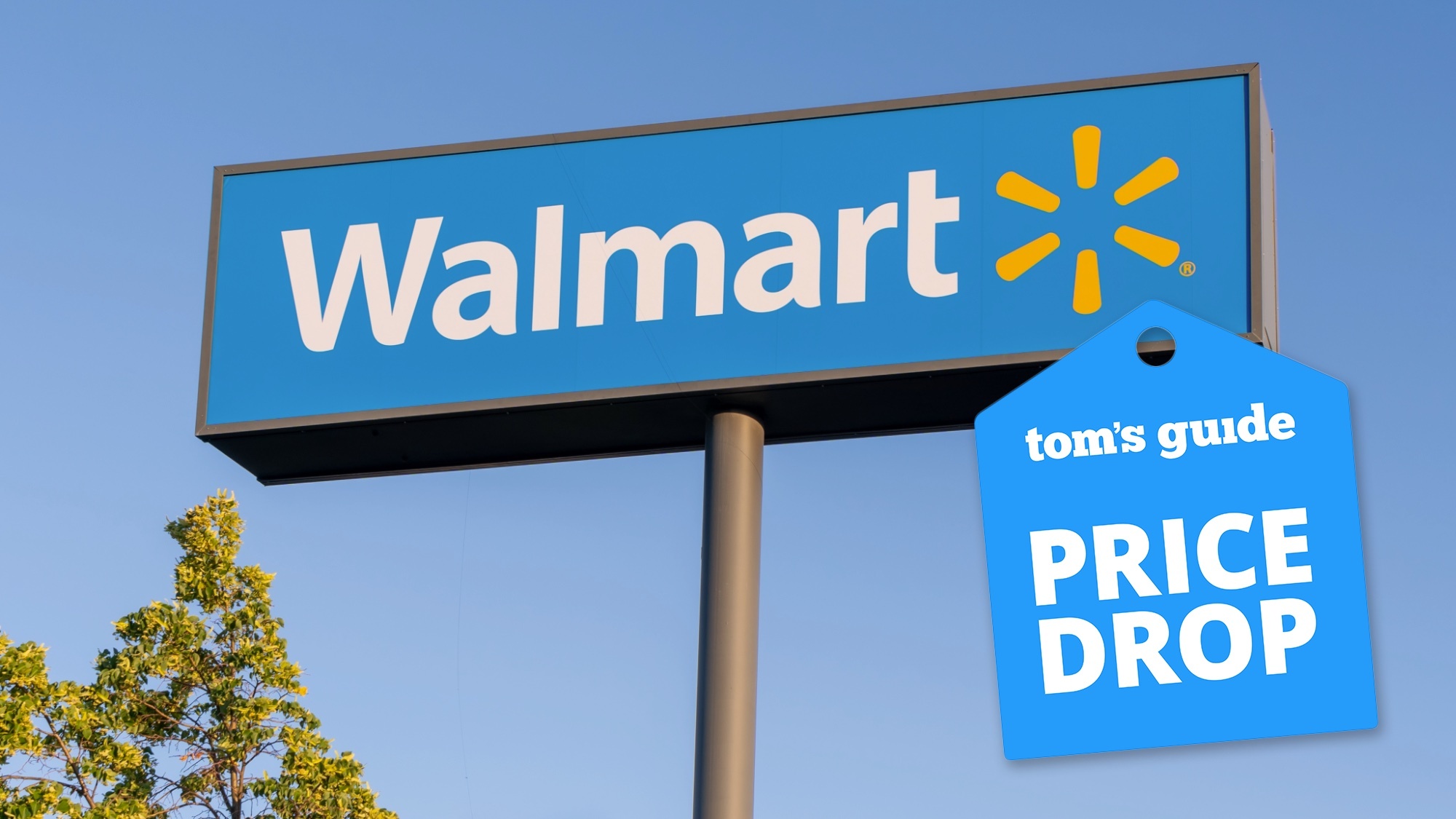How to Buy a New Car in Today’s Challenging Market

Prices and interest rates are still high, but incentives are available
By Benjamin Preston
The good news for anyone looking for a new car is that high prices and expensive financing have slowed sales, meaning that many new cars are plentiful on dealership lots right now. Pat Ryan, CEO of CoPilot, an AI-assisted car shopping app, says that models with better availability also tend to feature cash-back deals and financing incentives. That’s a good thing with the average new-car price being just over $49,000.
Consumer Reports is no stranger to new-car buying. Our team of secret shoppers typically buys 40 to 50 new cars every year to test the most popular models and trims, and we experience most of the same challenges as "civilian" buyers.
Gabe Shenhar, associate director of CR’s auto test program, points out that if you’re buying a new or redesigned model—especially one that has been greatly anticipated by the buying public—you’re much more likely to pay above sticker. "Keep in mind, too, that buying a first-year model often comes with more reliability problems because the manufacturer hasn’t had a chance to work out the bugs," he says. The smart money is waiting until a model is in at least the second model year for its generation.
As manufacturers have prioritized more expensive models and higher-end trim levels in recent years, affordable new cars have become harder to find. Even so, according to the most recent Consumer Price Index report from the federal Bureau of Labor Statistics, new-car prices have eased off about half a percent on average since last year.
If price is an issue, a smaller car, or one with fewer features, could be an option. If you’re gravitating toward more expensive models—like 3-row SUVs, trucks, and minivans—manufacturer-subsidized financing on new cars (for qualified buyers with good credit) can make buying more affordable. All you have to do, says Shenhar, is seek out the CR Recommended models with the best incentives.
Below we present more strategies for getting the most car for your hard-earned dollar.
How to Sort Out Financing
Not many people can pay cash for a new car. If you can, great! If you’re like most people, read on to learn how to handle the money end of things.
Prearrange financing. Figure out your budget and shop for a car loan based on what you can afford to pay monthly and as a down payment. It’s always a good idea to get financing set up through your bank or credit union before going to a dealership to look at cars. That gives you a baseline against which you can compare the terms of dealer financing, which may or may not be a good deal. Sometimes dealer financing benefits from manufacturer subsidies that allow the dealer to offer a lower interest rate than you can get from your bank. Having financing ready to go will also give you a leg up if you’re looking at a sought-after model that isn’t likely to remain on the dealership lot for long.
Make the biggest down payment possible. This is especially important with interest rates trending higher. Maximizing the amount you pay up front reduces the sum that will have interest charges placed upon it. It also shortens the amount of time you’ll be paying interest on the loan. CR recommends putting at least 15 percent down when you buy a vehicle—20 to 25 percent if you can afford it. Keep in mind that the best interest rates are reserved for buyers with excellent credit, so if your credit score needs improvement, putting down as much as possible is especially important.
Don’t pay too much. If you paid more than a few percent over MSRP, consider what the car will be worth when you trade it in someday. For example, if you buy an SUV that depreciates $15,000 off the sticker price in three years and you paid $8,000 over MSRP this year for it, that means it cost you $23,000 to own it for that short period. Cars are depreciating assets; overpaying for a new car is likely to compound your long-term losses. (See the worst car deals right now.) You don’t want to get a loan on a car that’s going to lose a lot of value over the next couple of years, or you may end up underwater on the loan, in which you owe more than the car is worth for an extended period. This problem can compound when you buy your next vehicle, if you end up having to roll old debt into the next loan.
How to Buy a New Car
As CR’s expert buyers have found, the car you seek is out there somewhere. It often comes down to having patience and being flexible. Especially because automakers have prioritized more expensive models and higher trim levels.
“It’s a good idea to focus on the model you want, identify possible alternatives, and to know what all of your must-have options are and how much they cost,” Shenhar says. “Do your homework. Learn the difference between the dealer cost and the MSRP, and locate two or three vehicles by searching on the manufacturer’s website or on websites like TrueCar or Cars.com, for example.” (TrueCar is a CR partner.)
If you find the car you want at a reasonable price, and with favorable financing or lease terms, you’ve already won half the battle. Our main advice for buyers is to negotiate from an informed perspective.
See what’s available. If you’re shopping for a new car, dealers near you may not have exactly what you’re looking for. Instead of going to the dealership to see what it has, search its inventory online, or call first. You may need to search several dealers to find something that’s close to what you’re looking for. Websites like TrueCar, Car Gurus, and Cars.com can show you what’s available within a specific geographic area.
Look for incentives. Check dealership and manufacturer websites for local and national incentives such as cash-back offers, low-rate or even 0-percent financing, and lease deals with low monthly payments. (CR updates its best new-car deals list monthly.) Chances are that if you look among less-popular offerings—such as sedans, small hatchbacks, and front-wheel-drive (as opposed to all-wheel-drive) SUVs—you may find attractive deals. (See the most discounted cars right now.)
Expand your geographic search. If dealers where you live don’t have the car you want, try sellers outside your area. Be cautious about casting your net too wide, though. You want to be able to go see the car and test-drive it before signing a sales or leasing contract, and you don’t want it to get swooped by another buyer while you’re on your way to see it.
Do your research. Whether buying new or used, consult CR’s road tests and ratings, looking at reliability, owner satisfaction, and safety. Make a short list of models to test-drive. Research the various trim versions and features available on each model, because you might not find your dream configuration at the dealership. Print out information from CR.org and the manufacturer’s website so that you have it with you for reference. Take notes.
Buy something reliable. Particularly if you’re forced to buy something more expensive than you normally would, your best bet is probably going to be to keep the new car for the long haul. Consult CR’s reviews and ratings to make sure you buy something reliable that won’t give you problems later on. (See our guide to car reliability.)
Be flexible. Even if the dealer has the model you want, the car might not have some of the features you were looking for (and may have more than you want or need). Decide which options are really important and whether a vehicle not having all of them means you should consider a different model. If you can’t find the features you want on the car you like best, consider downsizing, or shopping among models that aren’t as popular.
Leverage your existing car. Upgrading to a vehicle with better fuel efficiency, more up-to-date safety features, and even just more comfort or style can be compelling reasons to buy a new car. If you have a car to trade in or sell before buying something new, you may still be able to leverage its value against the elevated price of new cars. Also, a recent CR survey found that most people selling their old cars got more than they expected by selling to a vendor such as Carvana or CarMax.
If you have an extra car you’re not using much, consider selling it. You’ll save money on annual taxes, registration fees, and insurance premiums, and you can use the money from the sale to help finance a more expensive car now or in the future.
Consider an EV. Many manufacturers bet big on EVs over the past couple of years, and they built more cars than consumers ended up wanting to buy. Ryan says due to uncertainty about the future of federal EV tax credits, demand for EVs was high at the end of 2024. But it has since slowed, he says, and prices have stayed about the same. More to the point, the tax credit is still in play—for now.
If You Can’t Find a New Car That Fits
If you’ve exhausted your search options among new models and still can’t find something that meets your needs and budget, there are alternatives. Buying a newer used model can be a good option, especially among certified pre-owned (CPO) cars that carry robust warranty protection.
Here are some other routes to getting something that works for you:
Buy a CPO car. These cars—sold by branded dealerships—are typically 2- and 3-year-old models coming off of a lease, which means they’re newer, have low mileage, and are usually in top condition. They come with one- or two-year factory-backed warranties that kick in when the original factory warranty ends, and often include other perks as well. Any issues found during the CPO inspection are addressed and repaired before you even look at the car. Dealers cherry-pick the best examples for these programs, so cars with serious damage from a flood or crash won’t make the cut. According to CR’s most recent analysis, CPO cars are worth the higher sticker price—a 2-percent premium over non-CPO cars, typically—because they have about 15 percent fewer problems than other used cars.
Buy out your lease. Almost all lease contracts come with a buyout clause, so consider buying the car you’re leasing when the term ends. One of the reasons to consider going this route is that you may be looking at a much larger down payment and higher monthly payments to lease a newer version of the same car. Plus, you know the car’s history, making it a safer used-car purchase than buying one off the lot or an online marketplace.
Fix your old car. Even an expensive repair like an engine rebuild or a transmission replacement may be worthwhile if you can get a few more years out of an otherwise reliable car. If you’ve fallen behind on routine maintenance, get back on schedule, and stay on top of it so that your vehicle will last until interest rates come down again. If you can’t decide whether to fix it or move on, CR suggests figuring out how many months you want to keep the car, then dividing the cost of the repair by that many months. The monthly amount for the repair could be cheaper than the monthly payment on a new car (especially when you factor in the rising cost of car insurance). If you don’t have enough money to pay for a major repair up front, you may be able to find a shop that will finance the work. (See our guide to car maintenance and repair.)
Refinance your old car. If you’re inclined to wait for more optimal buying conditions or an upcoming model, refinancing your car loan can be a great way to save money if you’ve improved your credit score since you bought your car. Credit Karma has found that consumers can save an average of $3,000—about $55 per month—over the life of the loan by refinancing.
More on Used Cars
• Best Used Cars: 10 Top Picks
• Best Brands for Used Cars
• Best Used Cars for You
• Best Used SUVs, Sedans, Small Cars, and Minivans
• CR’s Used Car Marketplace
Consumer Reports is an independent, nonprofit organization that works side by side with consumers to create a fairer, safer, and healthier world. CR does not endorse products or services, and does not accept advertising. Copyright © 2025, Consumer Reports, Inc.
Source link











